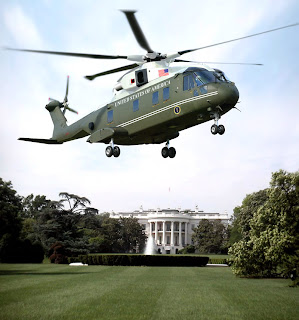Tuesday, 16 July 2013
15 of the world's biggest cost overrun projects
15 of the world's biggest cost overrun projects
Bent Flyvbjerg, professor of major programme management at the university of Oxford's Said Business School, says overruns in the order of 50 per cent in real terms are common for major infrastructure projects. He says this is because it is not uncommon for demand and benefit forecasts to be wrong by 20-70 per cent compared with actual development. Public passenger rail and urban projects tent to have especially big overruns.
Here is the list,
Canadian Firearms registry, initial cost forecast: CAN$ 2m cost, final cost: CAN$ 946m
36,917% cost overrun
Visegrad Hydroelectric Project, Yugoslavia, 5,142% cost overrun.
Sydney Opera House, 1,400% cost overrun.
M50 South East Motorway (Ireland), 556% cost overrun.
Copenhagen metro, stage 2A+B, Norreport-Vanlose( Denmark), 386% cost overrun.
Verrazano-narrows bridge (USA), 384% cost overrun.
N2O Patrickswell Cork (Ireland), 370% cost overrun.
Gezhouba Dam Project (China), 337% cost overrun.
Guangzhou City Transport Project (China), 335% cost overrun.
US 101 Helicopter (USA), 330% cost overrun.
Boston Big Dig (USA), 324% cost overrun.
Humber Bridge (UK), 276% cost overrun.
Dublin Port Tunnel (Ireland), 261% cost overrun.
Nanchang jiujiang Highway (China), 255% cost overrun.
Source:
Centre for Major Programme Management, University of Oxford's Said Business School; Mckinsey and the London School of Economics.
CImA's Financial Management Magazine, February 2013 publication
Bent Flyvbjerg, professor of major programme management at the university of Oxford's Said Business School, says overruns in the order of 50 per cent in real terms are common for major infrastructure projects. He says this is because it is not uncommon for demand and benefit forecasts to be wrong by 20-70 per cent compared with actual development. Public passenger rail and urban projects tent to have especially big overruns.
Here is the list,
Canadian Firearms registry, initial cost forecast: CAN$ 2m cost, final cost: CAN$ 946m
36,917% cost overrun
Visegrad Hydroelectric Project, Yugoslavia, 5,142% cost overrun.
Sydney Opera House, 1,400% cost overrun.
M50 South East Motorway (Ireland), 556% cost overrun.
Copenhagen metro, stage 2A+B, Norreport-Vanlose( Denmark), 386% cost overrun.
Verrazano-narrows bridge (USA), 384% cost overrun.
N2O Patrickswell Cork (Ireland), 370% cost overrun.
Gezhouba Dam Project (China), 337% cost overrun.
Guangzhou City Transport Project (China), 335% cost overrun.
US 101 Helicopter (USA), 330% cost overrun.
Boston Big Dig (USA), 324% cost overrun.
Cuernavaca-Acapulco Toll Road (Mexico), 300% cost overrun.
Dublin Port Tunnel (Ireland), 261% cost overrun.
Nanchang jiujiang Highway (China), 255% cost overrun.
Source:
Centre for Major Programme Management, University of Oxford's Said Business School; Mckinsey and the London School of Economics.
CImA's Financial Management Magazine, February 2013 publication
Subscribe to:
Post Comments
(
Atom
)

.jpg)

.png)

.jpg)








.jpg)











What about the Scottish Parliament Buildings which went 900% over budget?
ReplyDeleteThe Scottish Parliament Building, completed in 2004, went significantly over budget. The initial cost was estimated to be between £10-40 million, but the final cost reached £414 million, which is more than ten times the original estimate.
ReplyDeleteThe project was plagued by a series of setbacks, design changes, and management issues, leading to a significant increase in costs. The use of the "construction management" method, in which the client has full control but also carries all the risk, was identified as a major reason for the rising costs.
Despite the controversy surrounding its cost, the building has won several architectural awards and has become a popular tourist attraction, receiving almost five million visitors since its opening